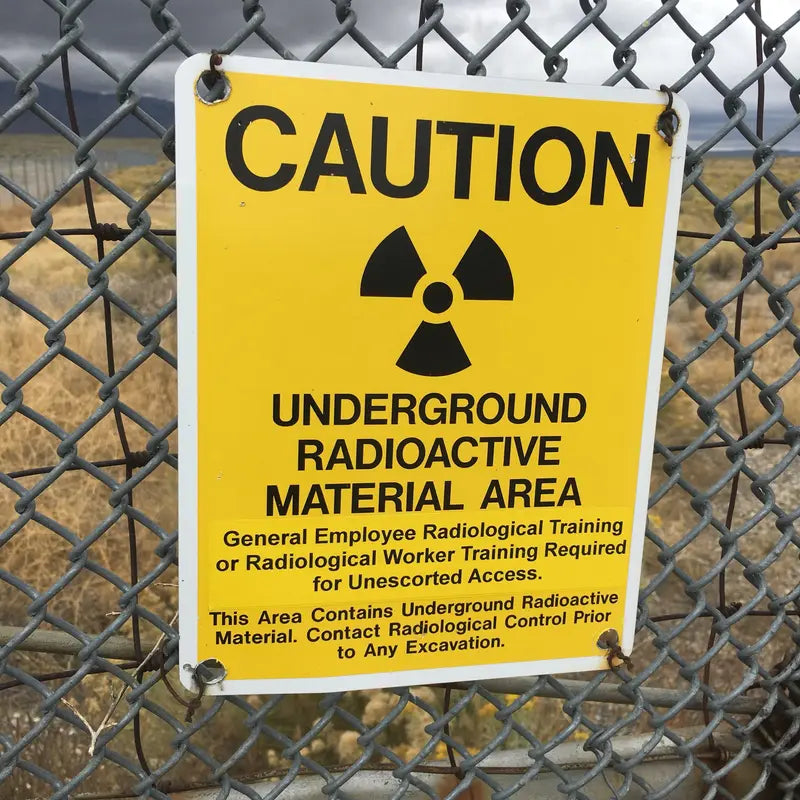As technology advances, the prevalence of electromagnetic fields (EMF) in our daily lives has surged, raising concerns about their potential impact on public health, particularly regarding cancer risks. From mobile phones to Wi-Fi routers, EMF sources are ubiquitous, leading many to question their safety. This article aims to explore the potential links between EMF exposure and cancer risks, emphasizing the importance of awareness and monitoring devices like the Milerd HiRange in promoting a safer environment.
Understanding Electromagnetic Fields (EMF)
Electromagnetic fields are areas of energy that surround electrical devices. They can be classified into two main categories: ionizing radiation, which includes high-energy waves like X-rays, and non-ionizing radiation, which is produced by devices such as mobile phones and microwaves. While ionizing radiation is known to pose significant health risks, the effects of non-ionizing radiation are still under investigation.
Common sources of EMF include household electronics, power lines, and industrial equipment. As these technologies become increasingly integrated into our lives, public perception varies widely. While some individuals are highly concerned about EMF exposure, others remain skeptical. Thus, educating the public about EMF and its potential risks is essential to address these concerns and foster informed discussions.
The Science Behind EMF and Cancer
Research into the relationship between EMF exposure and cancer risk has produced mixed results. Some key studies have suggested a potential link, particularly in individuals with high levels of exposure, such as those working near power lines or using mobile phones extensively. Other studies, however, have found no significant association.
Potential biological mechanisms through which EMF might influence cancer development include DNA damage and oxidative stress. These processes could theoretically lead to cellular changes that increase cancer risk. The current consensus among health organizations is that while there is no conclusive evidence directly linking EMF exposure to cancer, radiation exposure limits are in place to mitigate any potential risks, emphasizing the need for continued research and monitoring.
Community Health Initiatives and Public Awareness
Health advocacy organizations play a critical role in researching and communicating the risks associated with EMF exposure. They provide valuable resources and insights that help the public understand the complexities of this issue. Public awareness campaigns are crucial for educating communities about EMF risks and safe practices. By disseminating information and promoting open dialogue, these initiatives empower individuals to take control of their health.
In addition to community efforts, strategies for educating the public on EMF exposure and its potential health impacts are vital. Workshops, informational sessions, and social media outreach can help bridge the gap between scientific research and public understanding, ensuring that people are informed about the risks and available safety measures.
Monitoring EMF Exposure
Monitoring EMF exposure is essential for assessing both personal and community health risks. Utilizing radiation detection devices like the Milerd HiRange allows individuals to measure EMF levels in their environment, providing valuable insights into their exposure. These health monitoring devices not only help users understand their current exposure levels but also empower them to make informed decisions about their safety.
By regularly monitoring EMF levels, individuals can take proactive steps to reduce exposure, whether at home or work. This awareness fosters a culture of safety and encourages people to engage with their environment thoughtfully.
Public Health Policies and EMF Regulation
Current radiation exposure limits, established by health organizations, aim to protect individuals from potential harm associated with EMF exposure. These public health policies serve as guidelines for safe levels of EMF in residential and industrial areas, ensuring that populations are safeguarded from potential risks.
As new research emerges, there may be shifts in public health policies regarding EMF regulation. Ongoing studies could lead to more stringent exposure limits or the development of new safety recommendations to address evolving technologies and their impact on health.
Conclusion
In summary, while the potential links between EMF exposure and cancer risks remain a topic of ongoing research, it is essential to stay informed and vigilant. Awareness of EMF sources and their possible health implications is crucial for protecting yourself and your community.
We encourage readers to engage in community health initiatives, advocate for public awareness campaigns, and consider using EMF monitoring devices like the Milerd HiRange to gain a better understanding of their environment. By taking these steps, individuals can contribute to a healthier future for themselves and their communities.



Hinterlasse einen Kommentar
Diese Website ist durch hCaptcha geschützt und es gelten die allgemeinen Geschäftsbedingungen und Datenschutzbestimmungen von hCaptcha.